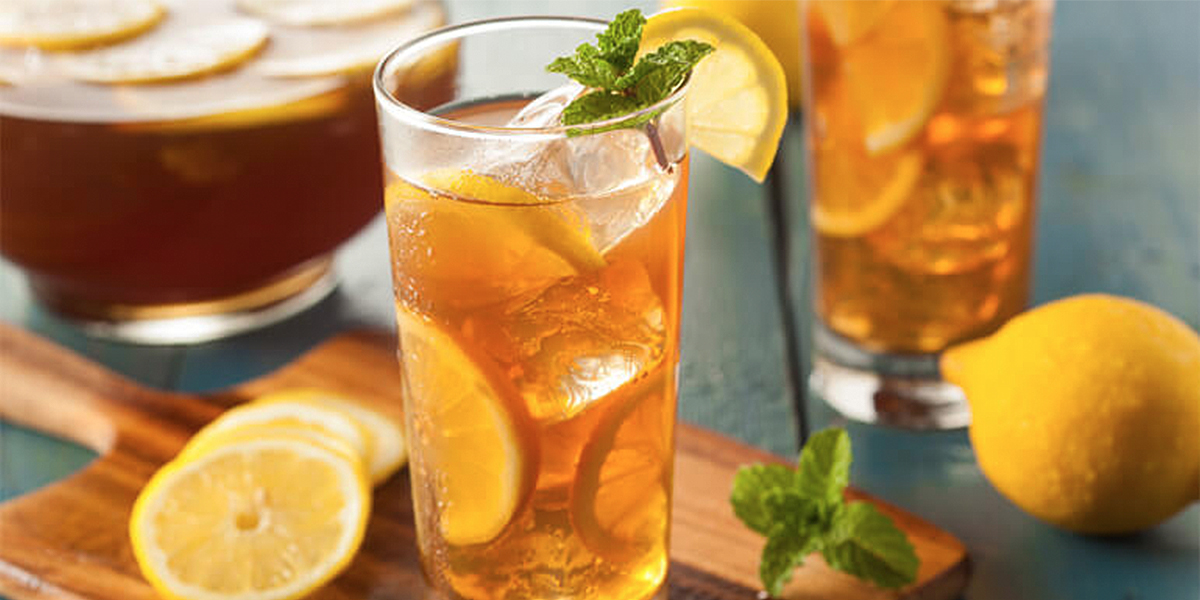
Turn Tea into Profits
Capitalize on the demand for hot and cold tea beverages

In recent years, the iced tea category has steadily gained popularity, representing a unique growth opportunity for foodservice operators. Second only to water, tea is the world's most widely consumed beverage, with 53 million Americans drinking it hot and cold on a regular basis, according to the Tea Association of the USA.
So what is driving this growth in tea consumption? The answer lies in analyzing current food and beverage trends, as well as better understanding consumer motivation. American tea consumers are a diverse group of people who turn to tea to satisfy a wide variety of needs, including: refreshment; perceived health benefits; an appreciation of product variety; alternatives to other beverages; and the luxury and convenience of ready-to-drink beverages.
A Tea for Every Need
The perceived health component of tea has become a noteworthy topic of discussion, prompting health-conscious consumers to seek its benefits. In its most basic form, tea contains no sodium, fat, carbonation or sugar and is nearly calorie-free. Research shows both hot and iced teas contain immunity boosting antioxidant properties. The rise and subsequent marketing of specialty tea shops also have contributed to an increased awareness of health benefits. Even the medical community has gotten involved by conducting research, publishing findings in medical journals and participating in interviews, lending credibility to the health component of consumer motivation.
The breadth of flavors that tea offers addresses the consumer demand for variety. As one of the most versatile beverages on the market, tea covers a wide spectrum of tastes and origins (black, green, oolong, white and herbals and specialty blends like chai) and can be enjoyed bottled or brewed, hot or cold, enabling it to satiate a plethora of taste buds and preferences. The innovation that surrounds tea, from product offerings and flavors to packaging, allows for complete customization on the part of the consumer.
Another significant factor in tea's rise to popularity is its convenience. Ready-to-drink teas, such as bottled Gold Peak® Tea, make the beverage readily available to on-the-go consumers.
Maximizing Beverage Profits
Iced tea has firmly established itself within the foodservice marketplace. Restaurant offerings should reflect this shift, keeping in mind the target demographic of their customers. Consumers seek variety in their beverage options, tea included. Offering a wide variety of flavors and leaf types to satisfy this need is imperative to maximizing beverage profits.
Read Related Stories:
Six Ways to Serve Iced Tea
Why Iced Tea is So Hot...and How to Capture Your Share
Tea’s Time: How Honest Tea® Changed the Beverage Game